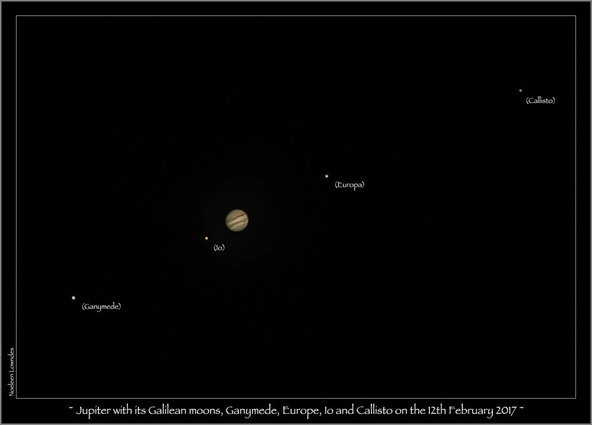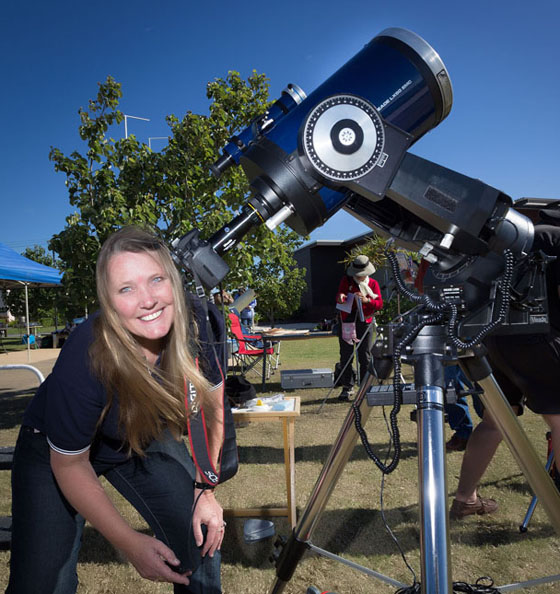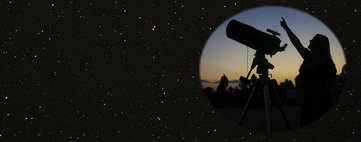I raced home from our last SAS meeting on the 11th February to capture this lunar occultation with the bright star Regulus; Regulus is the alpha star in the constellation of Leo (The lion).
My 127mm refractor telescope was already set up so it was just a matter of very quickly aligning the mount and grabbing the camera…all went well and I shot off the first images just as the Moon was approaching the star.
I was so surprised to see how tiny this 1st magnitude star looked beside the behemoth body of the Moon and had to play around a lot with the settings in the camera to capture some images where the star could be seen in the photos.
Regulus disappeared (at the lower right in the photo) at exactly 11.41pm (AEST) and it took over an hour for the Moon to pass in front of the star, at 12.50am (AEST) it reappeared in a burst of starlight at the lower left on the eastern limb. I continued to take some images, as the Moon kept moving away from Regulus.
To record the event, I had to overexpose the images of the Moon to capture the star Regulus and then take some more images of the Moon at the correct exposure, so these images above are composite photos to show the Moon closing in on Regulus, and then moving away from the star.
Images taken with a Canon 700D SLR camera, with multiple exposures and ISO settings, I also stacked 15 images of the Full Moon in Registax6 to bring out the detail on the lunar surface.
I also turned the telescope onto Jupiter that was rising in the east at 2am and again took two sets of images with different exposures: one set for the body of the planet and another set with a longer exposure to capture the Galilean moons so I could put them together to capture the view that was in the eyepiece.
The wide view of the Jupiter system nearly filled the whole frame in the Canon 700D camera, exposure times for the body of Jupiter were 1/30th second and ISO400, the exposure times for the four Galilean moons with Ganymede, Europa, Io and Callisto was 1 second and ISO 1600. I also used a 2x Barlow lens attached to the T-mount.
I opened both images up in PS CS4 and combined both images to make this composite image of the view as seen through the telescope.
I was so surprised at the view through the refractor as I usually use my Meade 8 or 10 inch telescope to image the planets...so it shows to try all your equipment when it comes to taking pictures of the night sky :-)


 RSS Feed
RSS Feed
